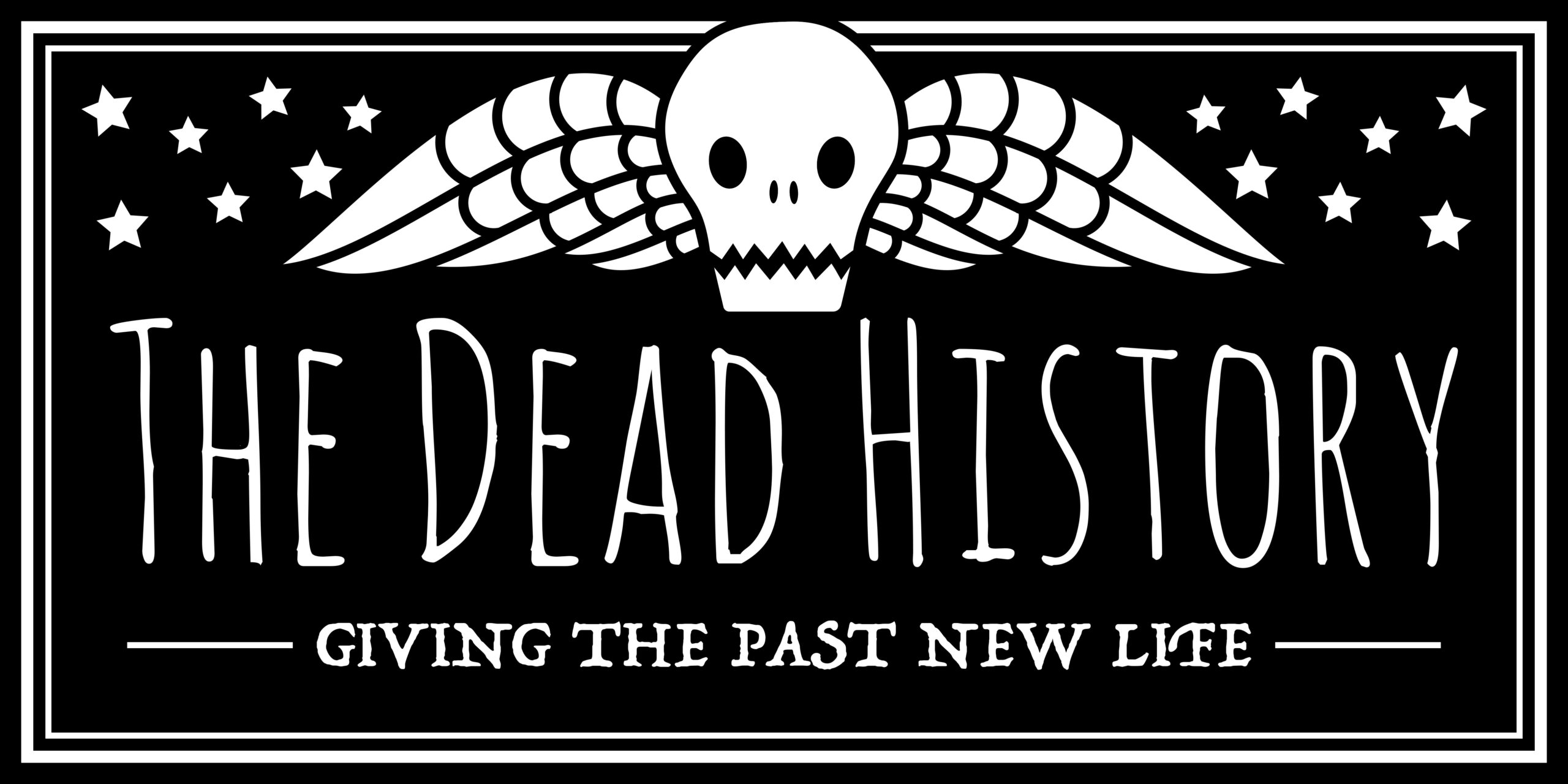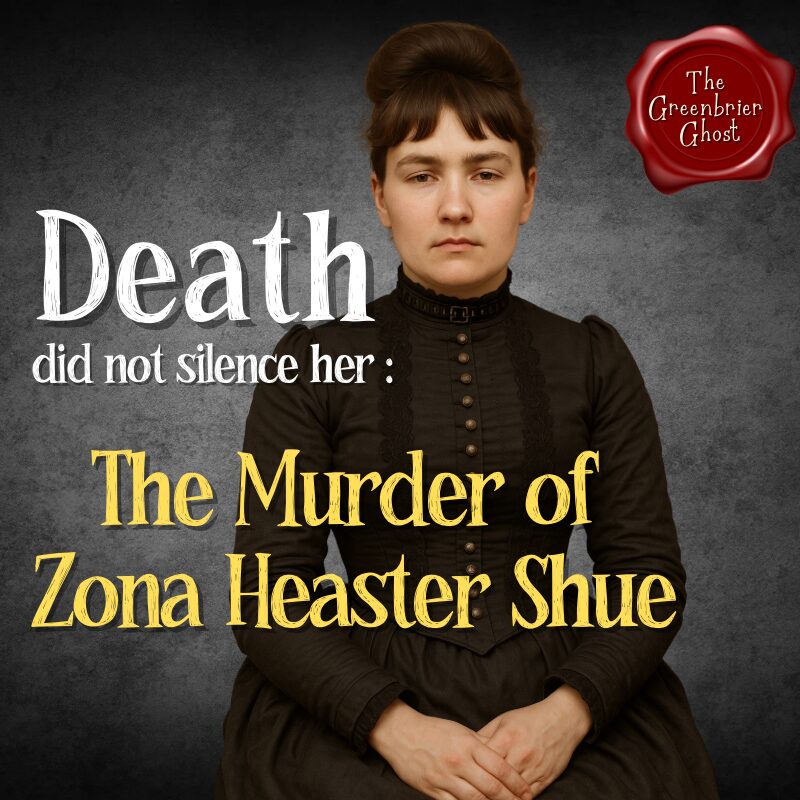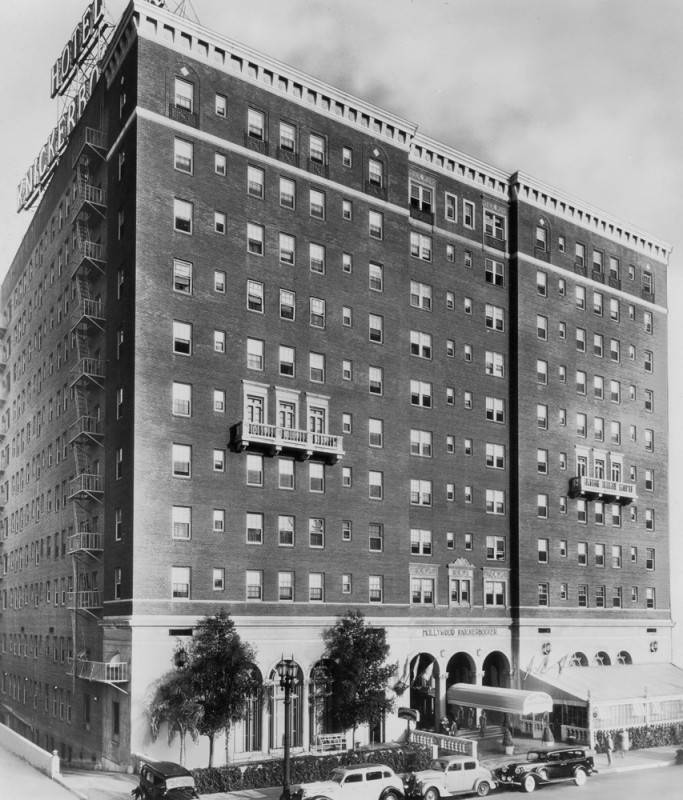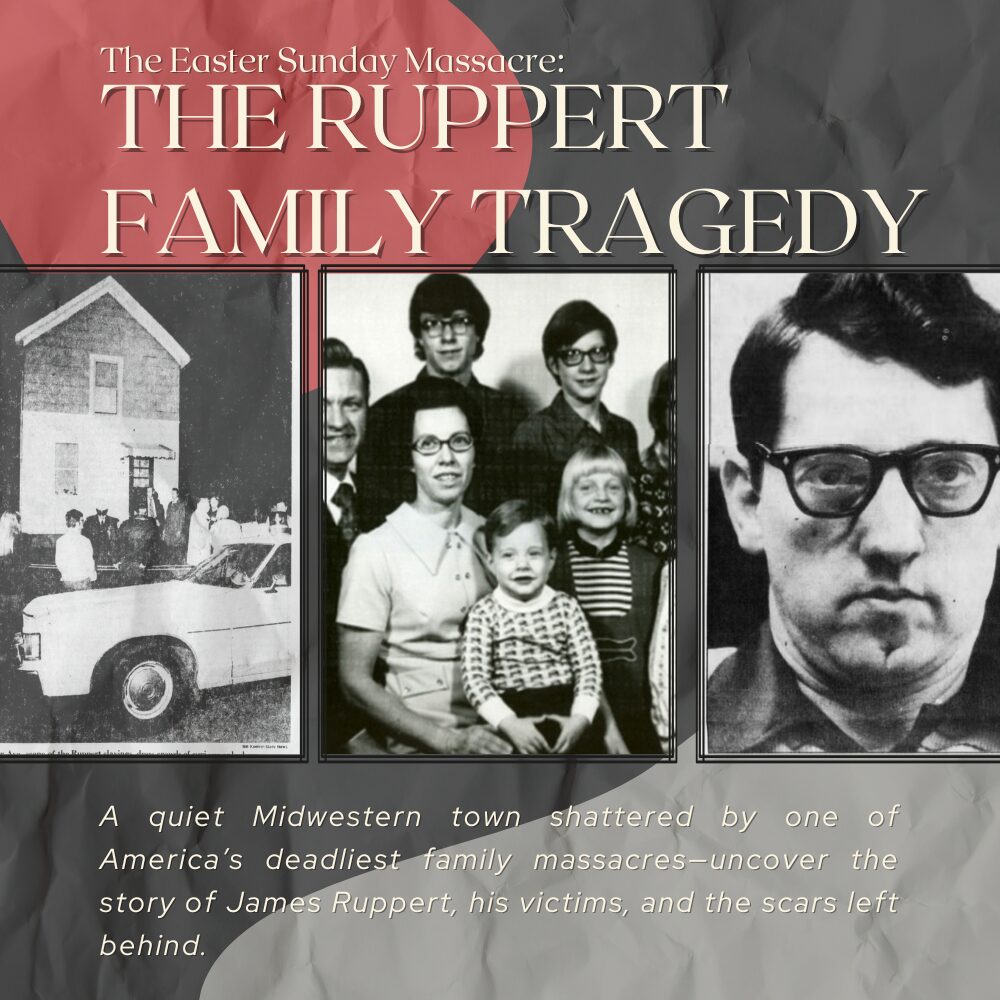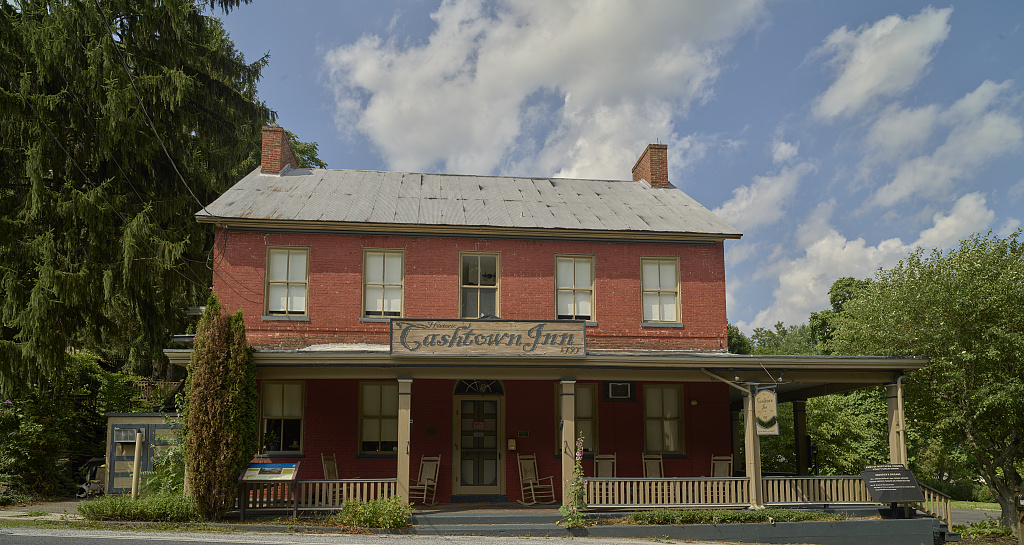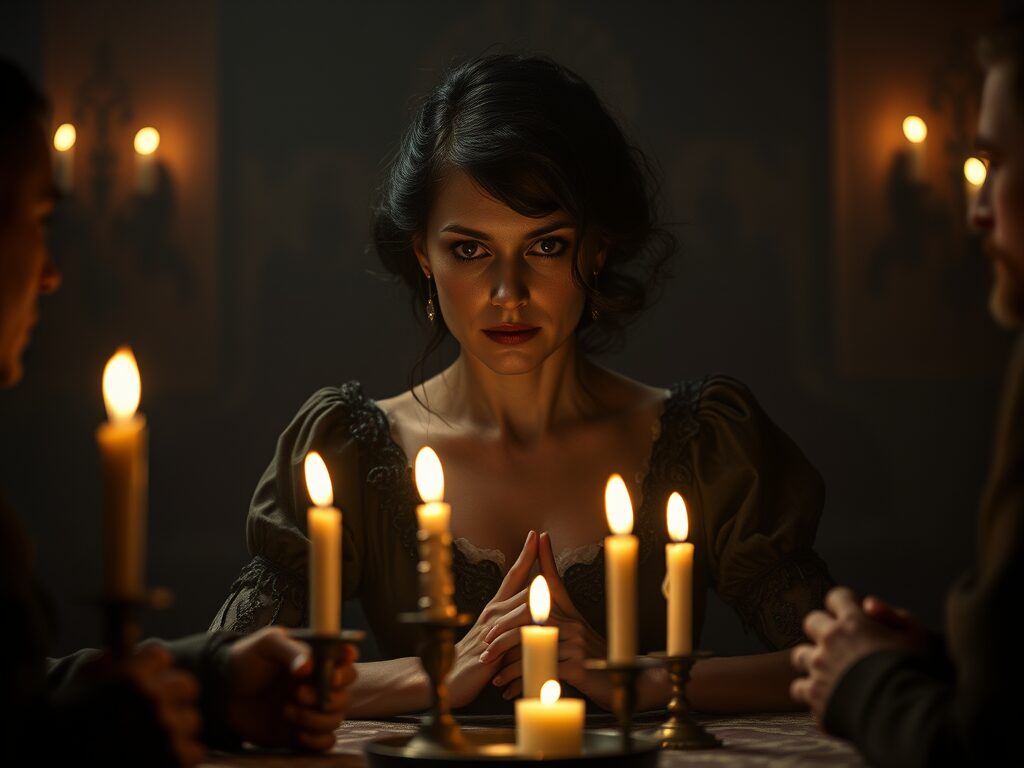In January 1897, someone discovered Elva Zona Heaster Shue dead in her home near Livesay’s Mill, West Virginia. She was twenty-three years old. Her death was unexpected. Her husband of less than four months said it was heart failure. Her mother believed it was murder.
What followed became one of the strangest trials in American legal history. Not because of the crime, or the evidence, or the verdict. But because the testimony that led to justice didn’t come from a witness. It came, according to one woman, from a ghost.
